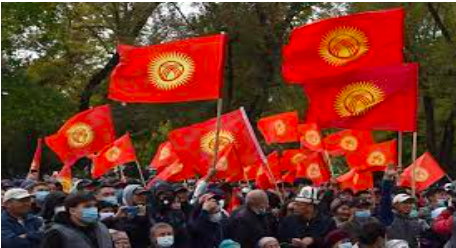Mosul
Posted on : January 13, 2020Author : AGA Admin

Mosul, (Arabic Al-Mawṣil), city, capital of Nīnawā muḥāfaẓah (governorate), northwestern Iraq. From its original site on the western bank of the Tigris River, the modern city expanded to the eastern bank and now encircles the ruins of the ancient Assyrian city of Nineveh. Located 225 miles (362 km) northwest of Baghdad, Mosul is Iraq’s second largest city and constitutes the chief commercial centre of the northwestern portion of the country. Probably built on the site of an earlier Assyrian fortress, Mosul succeeded Nineveh as the Tigris bridgehead of the road that linked Syria and Anatolia with Persia. By the 8th century CE it had become the principal city of northern Mesopotamia. In succeeding centuries a number of independent dynasties ruled the city, which reached its political zenith under the Zangid dynasty (1127–1222) and under Sultan Badr al-Dīn Luʾluʾ (reigned 1222–59). Famous schools of metalwork and miniature painting arose in Mosul at that time, but the region’s prosperity ended in 1258 when it was ravaged by the Mongols under Hülegü. The Ottoman Turks ruled the region from 1534 to 1918, during which time Mosul became a trade centre of the Ottoman Empire and the headquarters of a political subdivision. After World War I (1914–18) the Mosul area was occupied by Britain until a border settlement (c. 1926) placed it in Iraq rather than in Turkey. The city’s commercial importance thereafter declined because it was cut off from the rest of the former Ottoman Empire. Mosul grew into a prosperous city, with increased trade and the development of important oil fields nearby to the east and north. Mosul was once famous for its fine cotton goods; it became a centre of cement, textile, sugar, and other industries and a marketplace for agricultural products. Mosul contains many ancient buildings, some dating from the 13th century. Those include the Great Mosque, with its leaning minaret, the Red Mosque, the mosque of Nabī Jarjīs (St. George), several Christian churches, and various Muslim shrines and mausoleums. Since World War II (1939–45) the city has been enlarged in area several times by new construction. Most striking has been the expansion on the eastern bank of the Tigris; there are now five bridges connecting the two sides of the city. The University of Mosul (1967) is the second largest university in Iraq, after the University of Baghdad.
(Source: https://www.britannica.com/place/Mosul)




